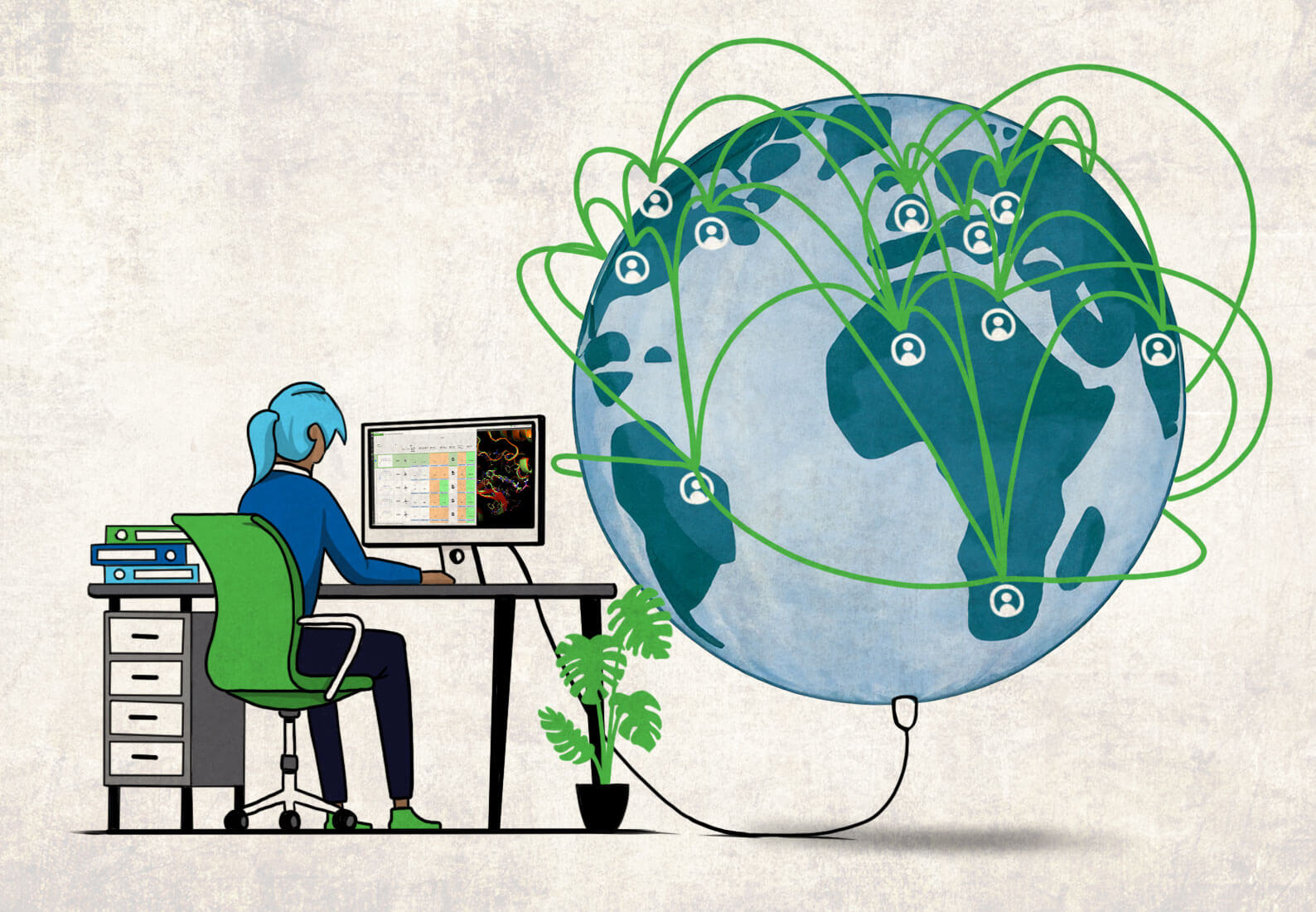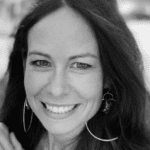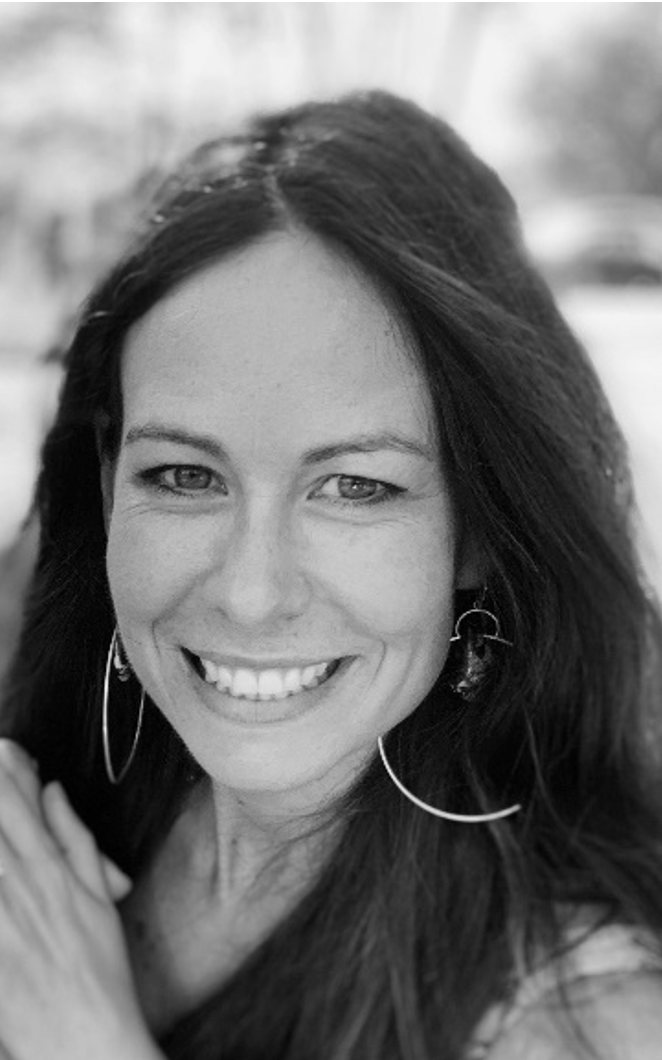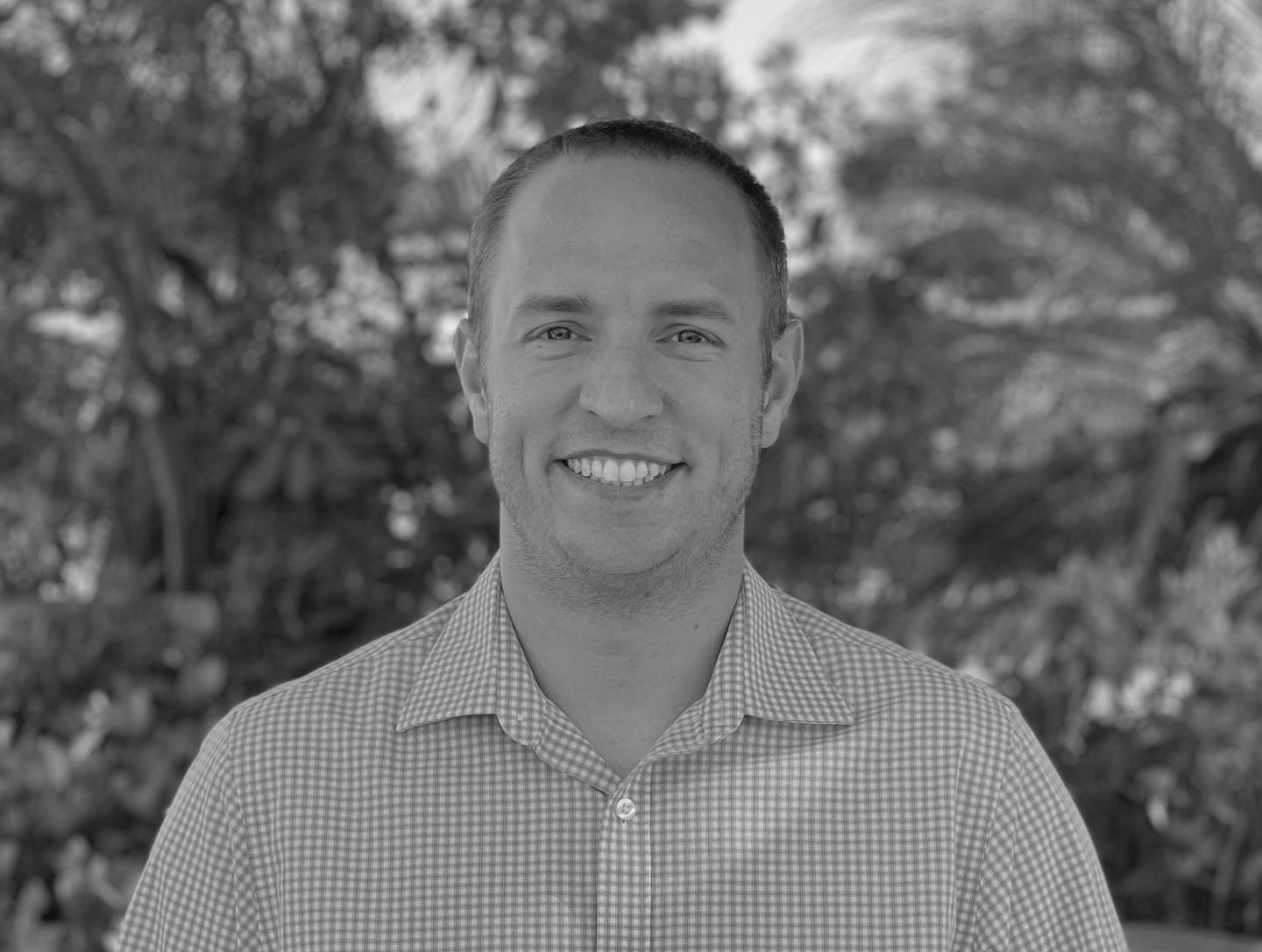Developing medicines takes teamwork, and modern drug discovery teams are often spread out across the globe. At Takeda, chemists collaborate with colleagues at other sites in different time zones, as well as with external partners and CROs. To improve molecular design processes and to keep teams operating seamlessly, Takeda adopted Schrödinger’s LiveDesign, a cloud-native, collaborative enterprise design platform, as their all-in-one platform for enterprise informatics and drug design.
We recently sat down with Daniel Carney and Gloria Hernandez-Torres, Senior Scientists in Takeda’s Gastrointestinal & Inflammation (GI) Chemistry group, to discuss their experience using LiveDesign, the impact it has had on their projects, and their advice for other medicinal chemists interested in implementing the platform.
What are the main challenges you face in drug discovery today?
As medicinal chemists, our jobs are continuously becoming harder. Figuring out how to design drugs for targets that were once considered undruggable is now the name of the game. New technologies and computational tools like LiveDesign enable us to meet those increasingly complex demands and tackle more and more difficult problems. That’s why we feel it’s so important to keep up with, and even stay ahead of the curve of these emerging technologies. Knowing how to use them effectively can give us a significant competitive advantage.
Developing a novel therapeutic requires medicinal chemists to solve a large multi-parameter optimization problem. For a ligand to progress into a drug, it not only needs to be a potent modulator of the target of interest, but also requires optimization of many additional properties to become a therapeutic for human consumption. Strong data analysis and computational design tools are critical for helping us solve this multifaceted challenge.
How do you incorporate LiveDesign into your daily project workflows?
At Takeda, our GI drug discovery team has worked closely with our computational chemistry group to integrate LiveDesign at multiple levels. It really is a platform that almost everyone uses on a daily basis for a number of different functions, both at the individual and team level.
On an individual level, we use LiveDesign to analyze data, generate new ideas, and experiment with models on our own. But we also collaborate through LiveDesign, which we find is really important. We’ve tried to use our imagination and think of ways to leverage the platform for as many different applications as possible. We’ve found that it can help promote effective collaboration both within our organization and also with other organizations.
Our team was globally distributed across three different companies, and LiveDesign made it feel like we were all operating seamlessly in the same office.
We use LiveDesign to share ideas with each other, and we use it during meetings to look at data and make decisions together. We also use it with external collaborators, including CROs, as a one-stop-shop for managing their target list or to-do list of all the compounds we want them to synthesize.
For one project, our team was globally distributed across three different companies, and LiveDesign made it feel like we were all operating seamlessly in the same office. Since we have shared access to data that updates in real time in a single platform, we can often take advantage of our time zone differences by working independently, passing tasks off to one another easily, and then coming together to review. LiveDesign makes all of this possible by giving us the ability to securely share data from one particular project with our collaborators, turning our global operation into a seamless one that is helped, not hindered, by time zones.
How does the ability to design more collaboratively improve the way you work as an individual chemist and as a drug discovery team?
Transparency is a really important thing. It sounds so simple, but when you have a team of five chemists and everyone is working at a rapid pace, it can be challenging to ensure that everyone knows exactly what everyone else is working on at any given time. With LiveDesign, we have the ability to create a target list that everyone on the team refers to, with clear delineation between who is working on what, which helps us stay as efficient as possible.
Transparency in the ideation process is also important. Somebody might come up with an idea that I never would have thought of, and by looking at their idea and their thought process, I might get inspired with an idea they never considered. Seeing the ways in which different people on your team think can really open up new possibilities. We are often in meetings with LiveDesign open in front of us, editing in real time, presenting ideas, and making decisions about the best designs. This makes it seamless to create a report in real time that everyone on the team has contributed to.
What sort of impact has LiveDesign had on specific projects at Takeda?
The timing of LiveDesign’s implementation at Takeda serendipitously coincided with the outbreak of COVID-19. We brought it online only months before everybody was told to work from home. This timing was perfect because it gave us a platform to continue working and doing drug discovery in a collaborative fashion, despite never being able to be in the same room as one of our teammates. This wasn’t about sharing documents over the cloud, which is something we were able to do before. With LiveDesign, we now had a shared design platform where we could all look at the same data set and designs, together, virtually. It kept the wheels turning at Takeda during the pandemic. Things really didn’t slow down all that much.
With LiveDesign, we now had a shared design platform where we could all look at the same data set and designs, together, virtually. It kept the wheels turning at Takeda during the pandemic.
Another way LiveDesign has made a big impact for us as medicinal chemists is giving us the ability to do computationally-guided design on our own. Before LiveDesign, molecular modeling was not something we did independently. Now, having access to validated docking models, along with other physics-based and machine learning models, with a simple workflow has completely changed the way we design. Docking of course has its limitations, but I think overall it was very enabling across multiple projects. LiveDesign also allows us to instantly calculate physiochemical properties for thousands of compounds and build powerful project-specific MPO scoring systems. All of this has also given back time to our computational chemistry team to work on more challenging modeling problems.
What advice do you have for other medicinal chemists or teams that may want to implement LiveDesign?
I’d encourage scientists to think of LiveDesign as more than a modeling platform. Be creative and think of different ways in which it can be used to foster collaboration. The Schrödinger team has been very accommodating in helping us heavily customize LiveDesign, building new applications, and gathering our feedback to continuously improve the product. Our workflow to communicate in a customized way with our synthetic chemistry CRO is a good example of the collaborative nature of our partnership with Schrödinger. We were trailblazers of the large-scale CRO workflow within LiveDesign, which I understand has now been adopted by many others. Just use your imagination and try to implement new uses for the platform – don’t let yourself be limited by what you think it can do!











